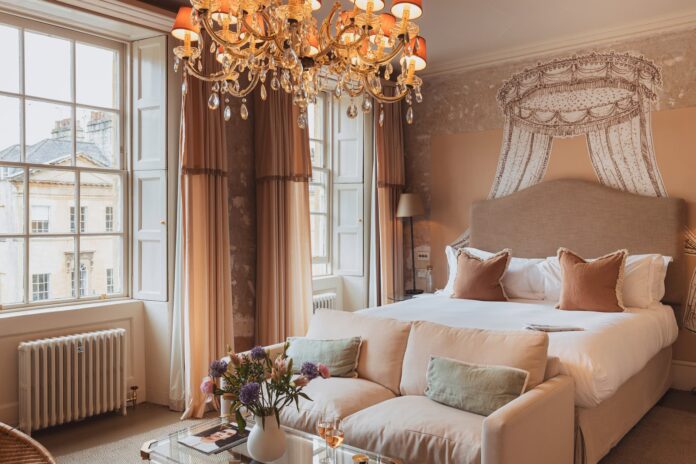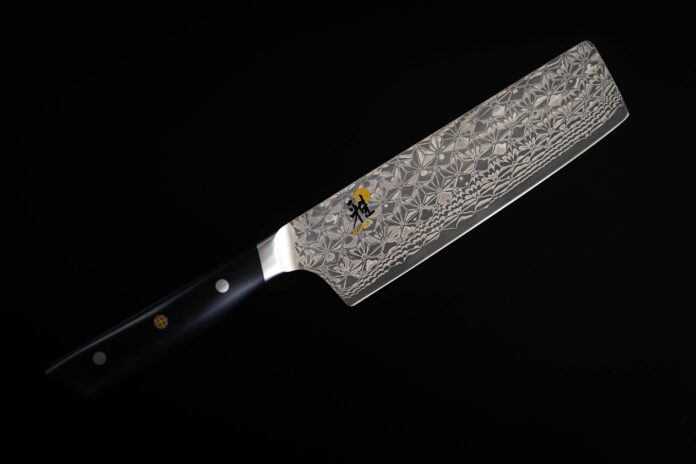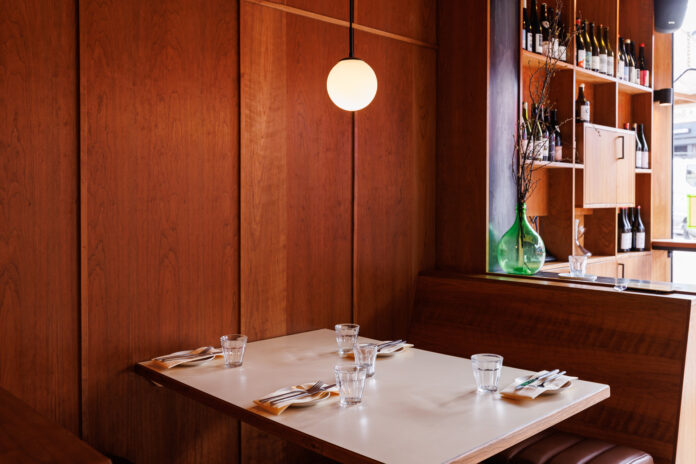Gateway to the sun-soaked beaches of southern Portugal, Faro often gets overlooked by holidaymakers racing towards the Algarve’s more famous resort towns. Yet those who pause to explore this charming capital discover a city where Moorish walls embrace cobbled streets, where storks nest atop baroque churches, and where the rhythms of authentic Portuguese life continue undisturbed by mass tourism.
Behind its medieval ramparts, the Cidade Velha (Old Town) reveals a treasure trove of azulejo-clad buildings, intimate squares, and hidden courtyards where orange trees perfume the air and elderly locals debate the day’s news over tiny cups of bica.
Unlike its flashier coastal neighbours, Faro maintains a working-city authenticity that’s increasingly rare along the Algarve. Here, university students mingle with fishermen in waterfront cafés, traditional tascas serve petiscos to locals rather than tourists, and the morning market buzzes with genuine commerce rather than souvenir-hunting.
The city’s unique position between the Ria Formosa lagoon and the Atlantic creates a natural paradise on its doorstep – a protected wetland where flamingos wade through shallow waters and pristine barrier islands offer some of Portugal’s most unspoilt beaches. While you could easily spend a week exploring every winding alley and sampling each neighbourhood’s specialities, 48 hours provides enough time to experience Faro’s dual personality: historic city and gateway to one of the world’s most beautiful coastlines.
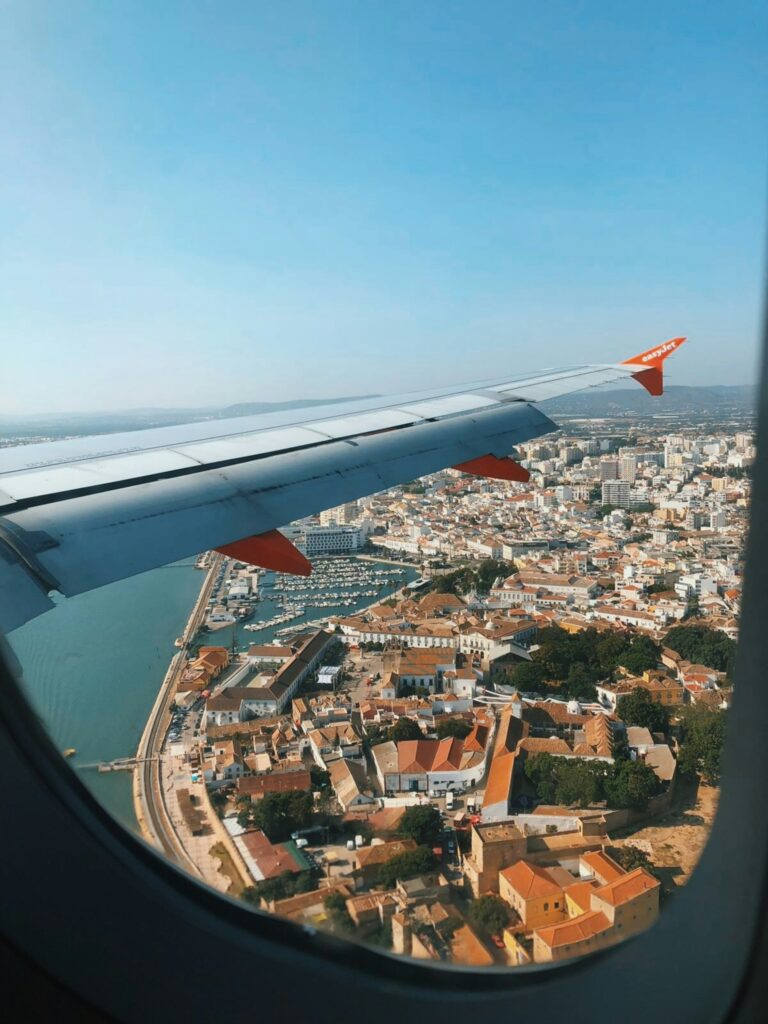
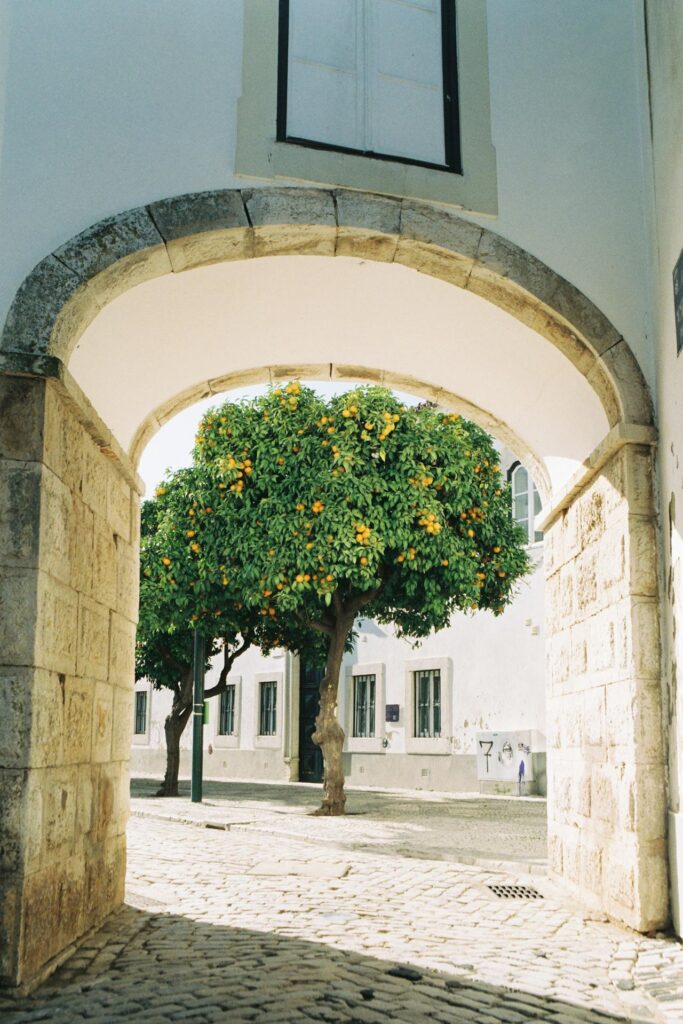
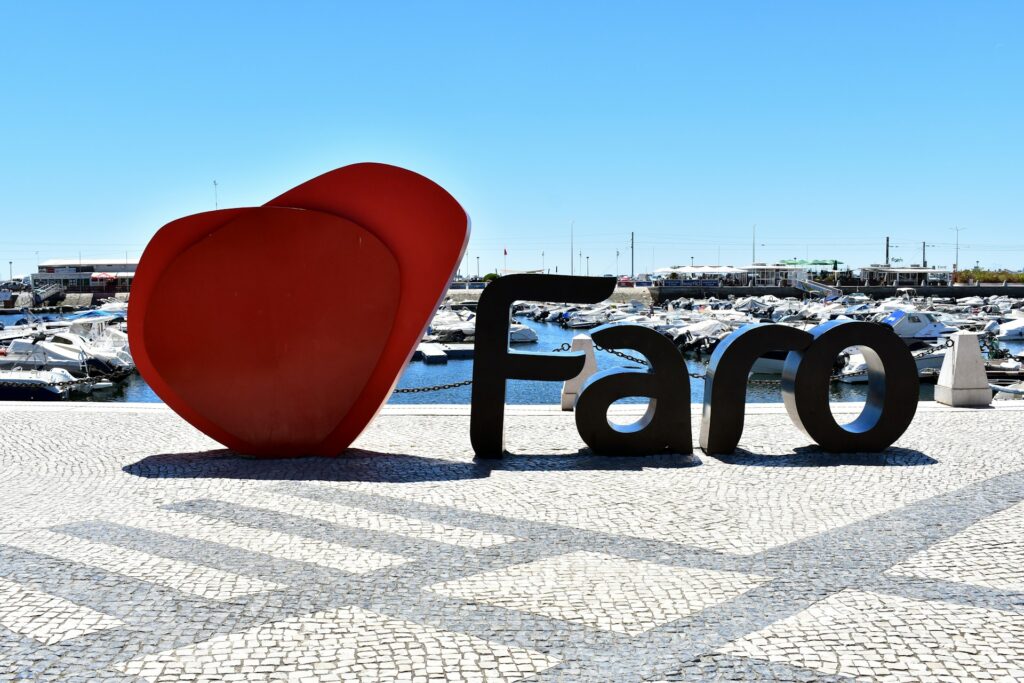
Day 1: Medieval Charm & Maritime Heritage
Morning: Through The Arco da Vila
Begin your Faro adventure at Pastelaria Coelho on Rua de Santo António, where the aroma of freshly baked pastries has been drawing locals since dawn for over four decades. Their bolas de Berlim (Portuguese doughnuts filled with egg custard) and galão (milky coffee served in a tall glass) provide the perfect fuel for exploration. The unpretentious interior, with its worn marble counter and constant stream of regulars, offers an authentic glimpse of Faro’s morning rhythms as workers grab their breakfast before heading to shops and offices.
A five-minute stroll brings you to the Arco da Vila, the neoclassical gateway that marks the entrance to Faro’s walled old town. Time your arrival for 9:30am to beat both the tour groups and the Algarve heat. The arch itself, built atop Moorish foundations, houses a colony of white storks whose distinctive clattering provides the soundtrack to old Faro. Look up to spot their enormous nests balanced precariously on the stonework.
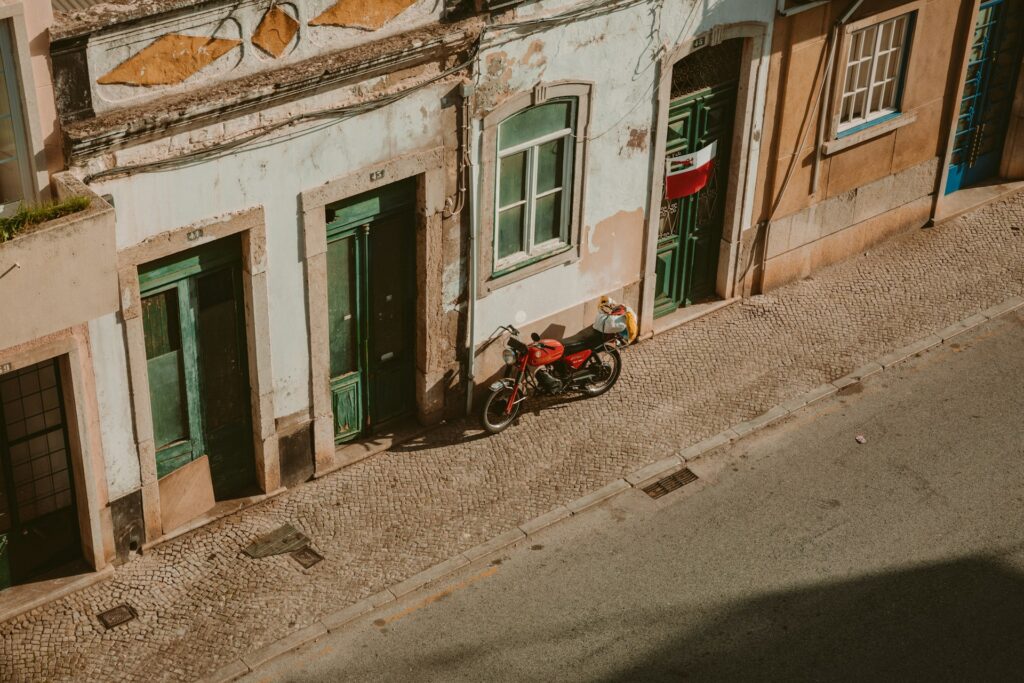
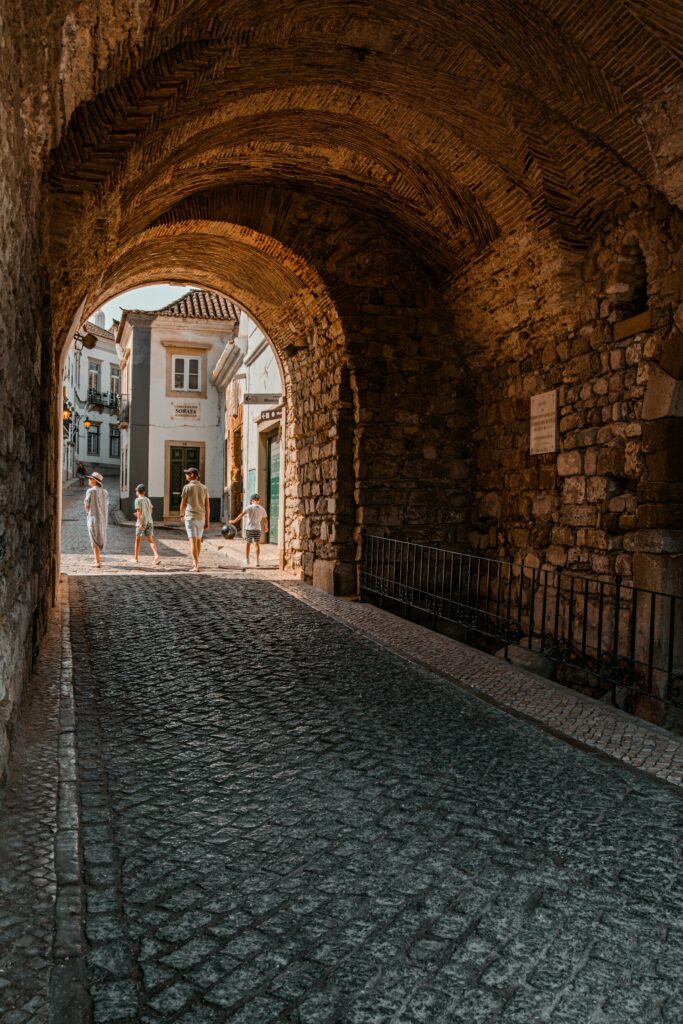
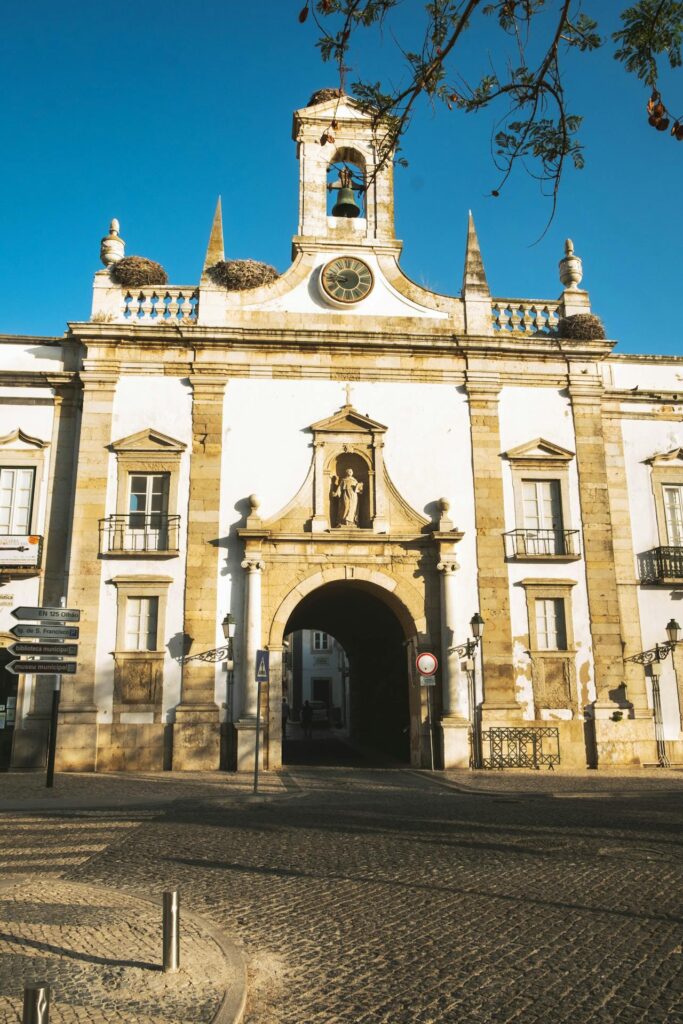
Midday: Cathedral Views & Market Finds
Within the old town walls, the Sé Cathedral dominates the Largo da Sé. This architectural hodgepodge – Gothic bones dressed in Renaissance finery with baroque flourishes – tells the story of Faro’s turbulent past. The modest entrance fee includes access to the bell tower; climb the narrow spiral staircase for panoramic views across the terracotta rooftops to the Ria Formosa beyond. The Cathedral’s bone chapel, though smaller than Évora’s famous example, offers a sobering reminder of mortality crafted from the remains of 1,200 Carmelite monks.
Descend back through the old town and exit via the medieval walls for the 10-minute walk to the Mercado Municipal. This art deco market building comes alive between 11am and 1pm, when locals haggle over the morning’s catch. The fish section dazzles with displays of dourada (sea bream), robalo (sea bass), and the region’s famous percebes (gooseneck barnacles). The upper floor houses produce stalls where vendors will enthusiastically offer samples of whatever’s in season – perhaps sweet Algarve oranges or aromatic medronho berries.
For lunch, navigate the narrow streets behind the market to find Tasca do Ricky, a tiny family-run tasca that’s easy to miss but impossible to forget. Here, Ricky himself mans the grill, turning out perfectly charred chocos grelhados (grilled cuttlefish) and bifanas (pork sandwiches) that have achieved legendary status among local workers. The entire menu is scrawled on a chalkboard, prices haven’t changed in years, and there’s not a tourist menu in sight.
Read: Where to eat the best seafood in Lisbon
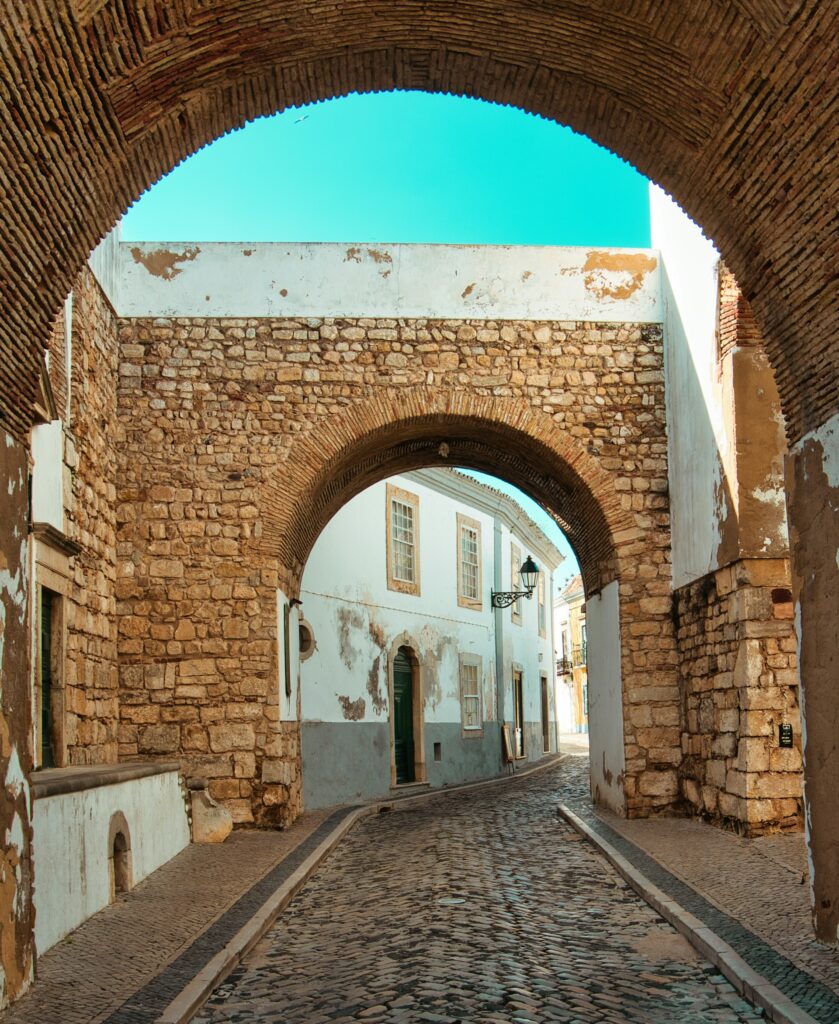
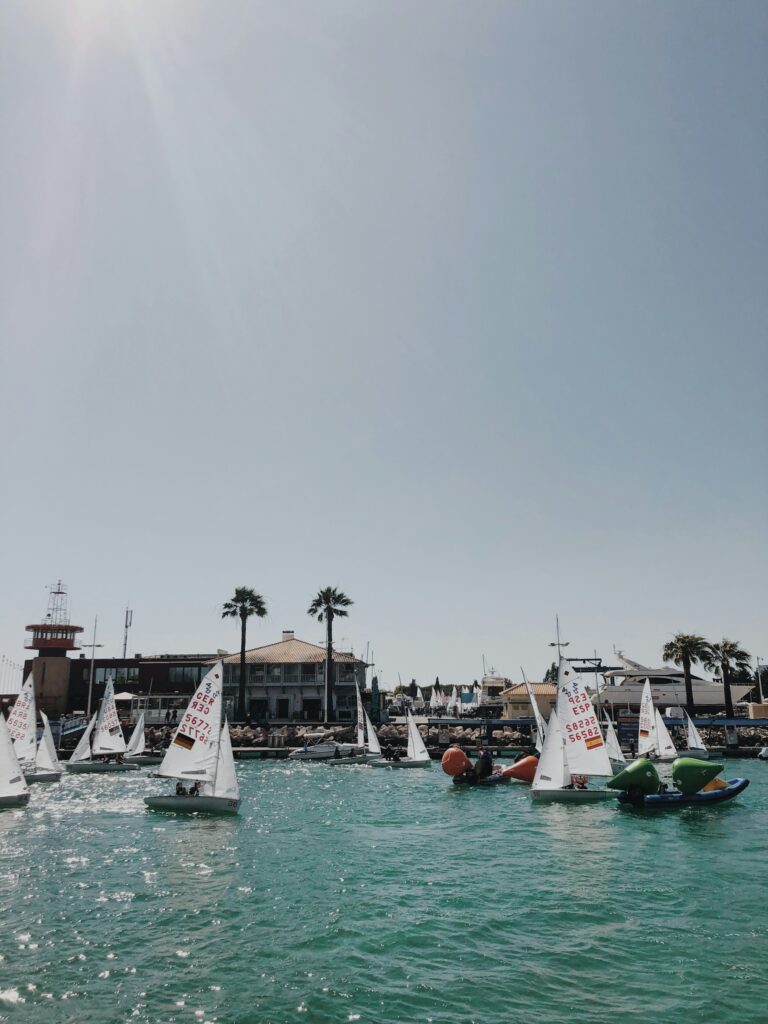
Afternoon: Island Escape
After lunch, take advantage of Faro’s unique geography with a trip to Ilha Deserta, part of the Ria Formosa Natural Park. Ferries depart hourly from the dock below the old town (€10 return), and the 30-minute journey through the lagoon’s maze of channels offers sightings of everything from spoonbills to seahorses. The island – also known as Ilha da Barreta – lives up to its deserted name, especially if you walk beyond the small beach bar near the jetty.
This barrier island stretches for 11 kilometres of virtually untouched sand, backed by dunes and salt marsh. Time your visit to include a late afternoon swim in the Atlantic, where the water temperature hovers around a pleasant 20°C even in spring and autumn.
The western tip of the island, reached by a 45-minute walk along the beach, offers the best sunset views – though check ferry times to ensure you don’t miss the last boat back.
Alternatively, if you’re in the need for afternoon refreshment, head to Restaurante Estaminé – a stunning wooden restaurant serving local cuisine and with seafood straight from the estuary.
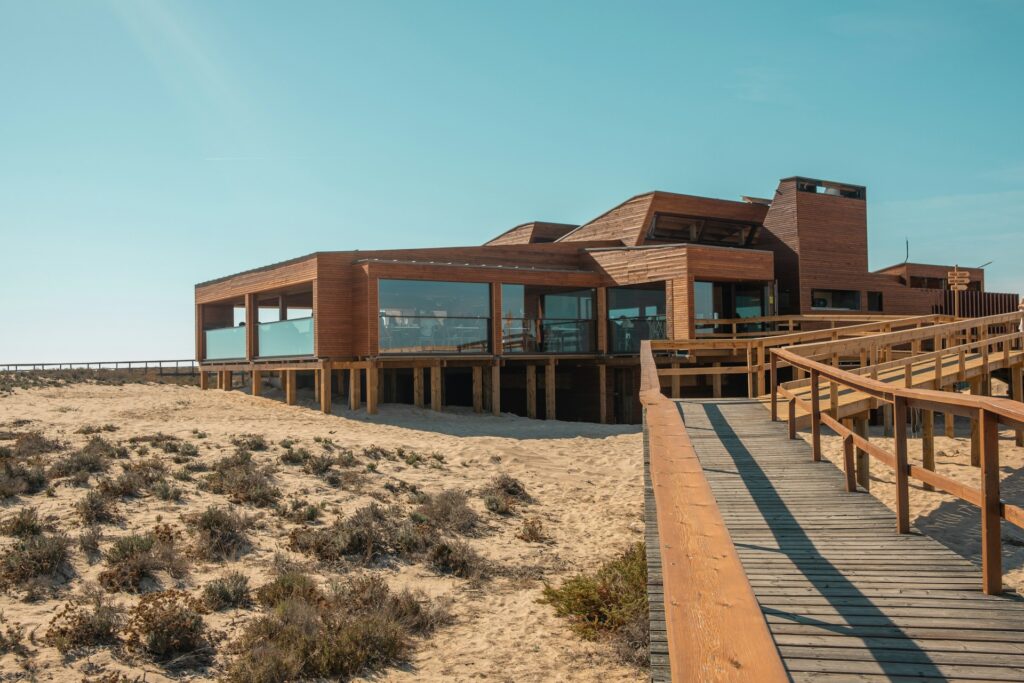
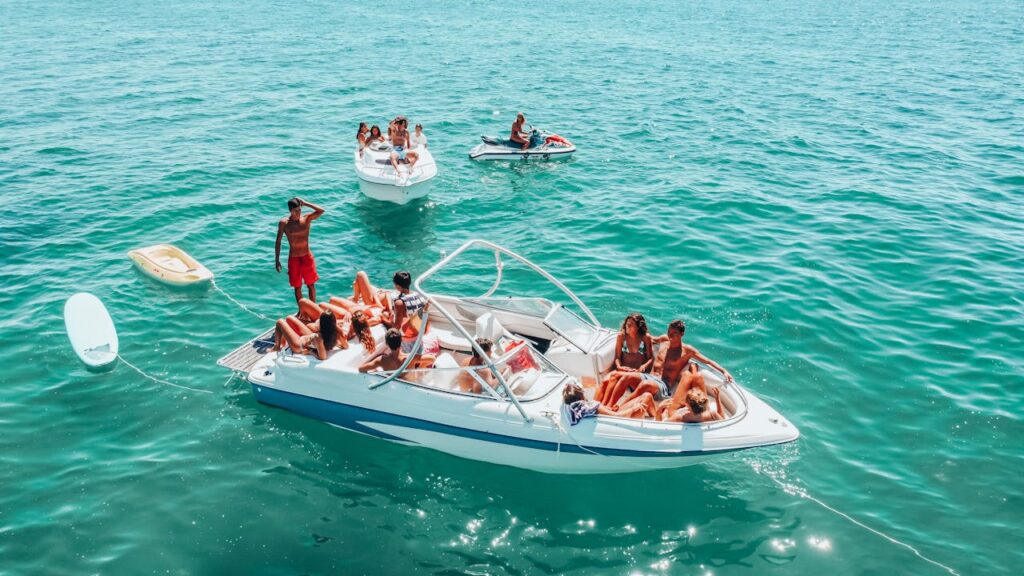
Evening: Sunset & Seafood
Back on the mainland, climb to the Miradouro de Santo António for sunset views across the old town and lagoon. This small viewpoint beside the Santo António Church provides the perfect perch to watch the sky turn shades of pink and orange reflected in the still waters of the Ria Formosa.
For dinner, make your way to Tertúlia Algarvia, housed in a converted 17th-century stable just steps from the cathedral. This atmospheric restaurant specialises in cataplanas (traditional copper-pot stews) and fresh seafood prepared with a contemporary twist. Their caldeirada de peixe (fish stew) layers the day’s catch with potatoes, tomatoes, and peppers in a fragrant saffron broth. The stone walls and vaulted ceilings create an intimate atmosphere, while the small courtyard offers al fresco dining on warm evenings. Book ahead, especially at weekends when locals fill the tables for celebratory dinners.
End your evening at Columbus Bar, hidden down a side street in the old town. This intimate space, carved into the ancient city walls, serves creative cocktails using local ingredients like fig liqueur and Algarve honey. Their signature ‘Ria Formosa’ combines gin with elderflower and fresh herbs picked from the owner’s garden.
Read: Portugal’s very best walking holidays
Day 2: Culture, Coast & Culinary Delights
Morning: Tiles & Traditions
Start day two at Pastelaria Gardy on Rua de Santo António, where locals have been starting their mornings since 1964. Their speciality, folhados de Faro (puff pastries filled with egg custard and almonds), provide the perfect sugar rush before cultural exploration. The retro interior, complete with formica tables and net curtains, hasn’t changed in decades.
A five-minute walk brings you to the Igreja do Carmo, Faro’s most impressive baroque church. While the gilded interior dazzles with its excess of cherubs and carved altarpieces, the real draw is the Capela dos Ossos (Bone Chapel) accessed through the sacristy. Built in 1816, this macabre masterpiece uses the bones of over 1,200 monks to create intricate patterns across walls and ceiling, all overseen by the sobering inscription: “Stop here and consider, that you will reach this state too.”
Continue your morning with a visit to the Museu Municipal de Faro, housed in a 16th-century convent. The museum’s collection spans from Roman mosaics to contemporary art, but the highlight is the spectacular 3rd-century Roman mosaic of Ocean, discovered in the ruins of Milreu. The peaceful Renaissance cloister, with its orange trees and azulejo panels, offers a tranquil escape from the growing heat.
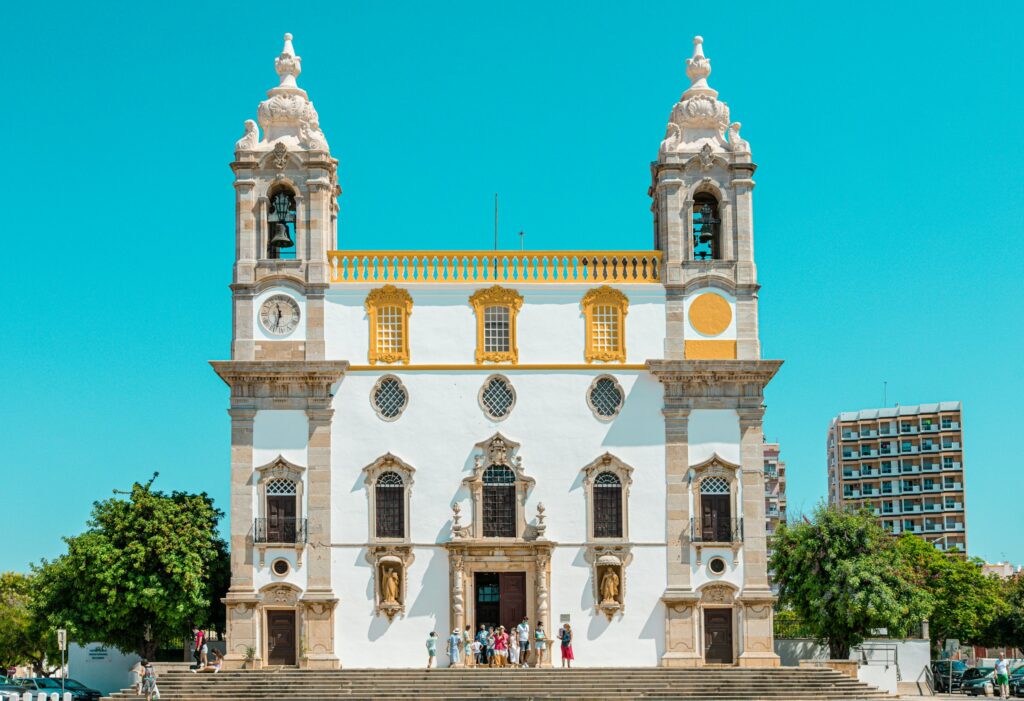
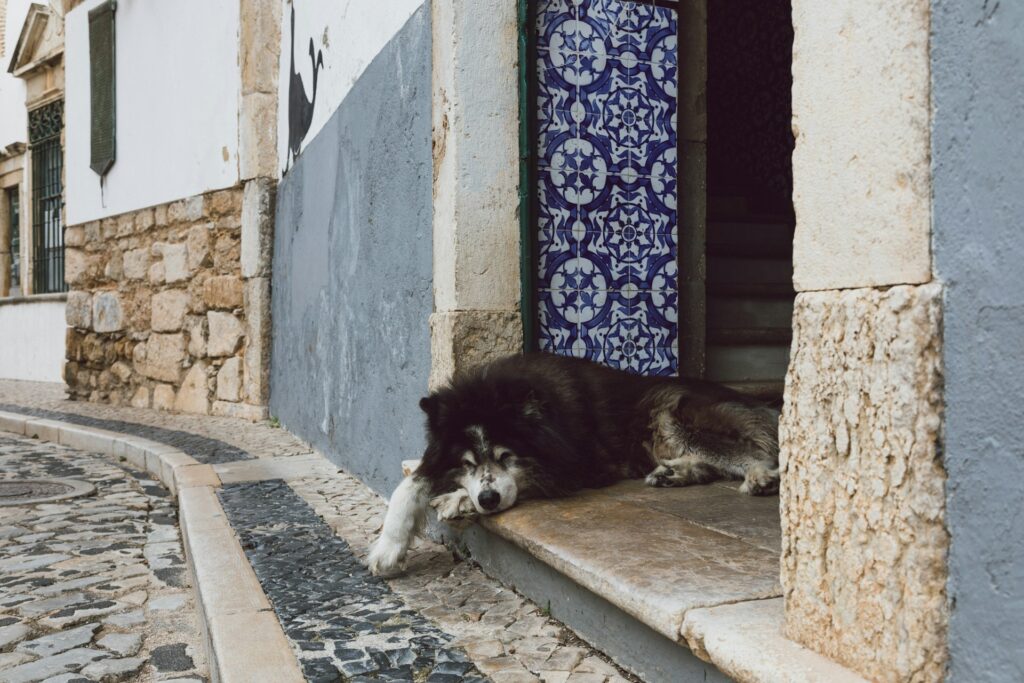
Midday: Beach Time & Fresh Fish
No visit to Faro is complete without experiencing Praia de Faro, the city’s own beach. Take bus 14 or 16 from the centre (20-minute journey) to reach this long stretch of sand that locals simply call ‘the island’. The beach extends for miles in both directions, backed by low dunes and beach bars that range from ramshackle to sophisticated.
For lunch with your toes in the sand, Wax Restobar offers a more refined take on beach dining without the premium prices of the Algarve’s posher resorts. Their grilled fish of the day, served simply with roasted vegetables and sea salt, showcases the quality of local seafood. The restaurant’s deck provides shade during the midday sun, and their selection of Portuguese wines includes excellent Alentejo whites perfect for a lazy beach afternoon.
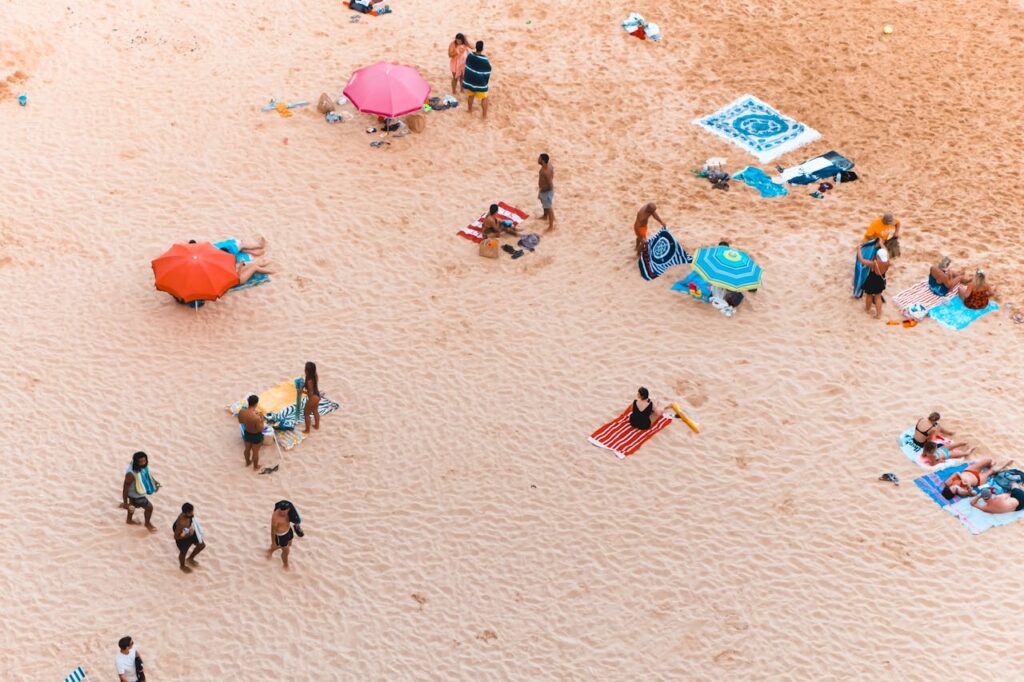
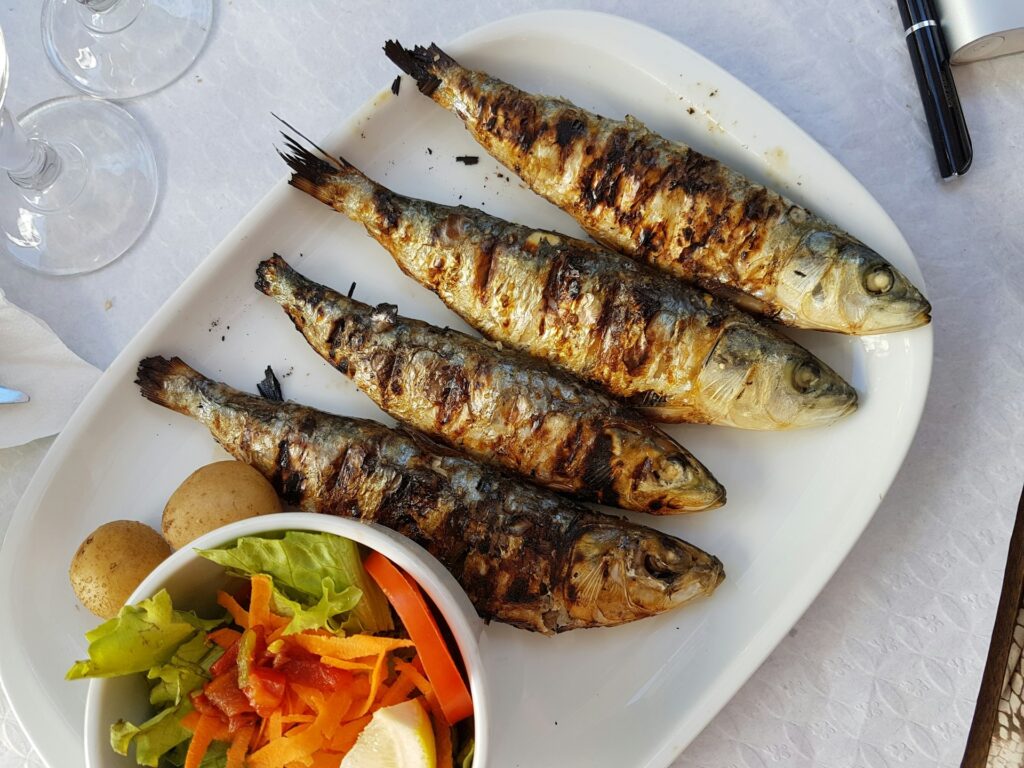
Afternoon: Lagoon Life
Rather than rushing back to the city, spend your afternoon exploring more of the. The Centro de Educação Ambiental de Marim, located just east of Faro, offers walking trails through diverse habitats including salt pans, pine woods, and tidal mudflats. The 3km circular trail takes about 90 minutes at a leisurely pace, with bird hides positioned at strategic points for wildlife watching.
Time your visit for the afternoon when the harsh midday light softens and wildlife becomes more active. The salt pans attract flamingos year-round, while spring and autumn bring thousands of migrating birds. The restored tide mill and traditional salt workers’ houses provide insight into how locals have worked these waters for centuries.
Evening: Farewell Feast
For your final evening, Vila Adentro in the old town offers innovative takes on traditional Algarvian cuisine. Chef Pedro Vieira sources ingredients from small local producers, transforming humble dishes into something special. The cataplana de tamboril e gambas (monkfish and prawn stew) arrives in the traditional copper pot, but elevated with saffron and fresh herbs. The tasting menu, if you’re feeling indulgent, provides a journey through the region’s flavours paired with carefully chosen Portuguese wines.
Cap off your 48 hours at O Castelo, a rooftop bar perched atop the old town walls. As you sip a glass of white port or medronho (strawberry tree firewater), the illuminated cathedral and twinkling lights of the marina create a magical backdrop for your final night in Faro.

Neighbourhood Know-How: Where To Stay In Faro
Choosing your base in Faro requires balancing historic charm with practical considerations. The compact size means nowhere is too far from the action, but each area offers a distinct experience.
The Cidade Velha (Old Town) provides maximum atmosphere in minimum space. Several boutique properties occupy lovingly restored 19th-century townhouses within the medieval walls. Look for intimate accommodations with four to six rooms that offer experiences where breakfast is served in courtyards fragrant with jasmine. Many feature rooftop terraces providing 360-degree views over terracotta tiles to the lagoon beyond. Request rooms with original azulejo tiles and wooden shutters opening onto the cathedral square for the most authentic experience.
For those seeking more space and modern amenities, the area around the marina offers excellent options. Several contemporary hotels surprise with their boutique sensibilities and rooftop pools overlooking the yacht harbour. Properties in this area are ideally positioned for early morning market visits or late-night waterfront strolls. Many feature popular rooftop terraces that have become local institutions, attracting stylish crowds of visitors and Farenses alike.
The neighbourhood around Rua de São Luis presents the best value options whilst maintaining easy access to both old town and waterfront. Here you’ll find a mix of guesthouses and small hotels occupying renovated merchant houses. Some modern hostels offer private rooms with boutique hotel standards at budget prices. The communal kitchen and lounge areas attract an interesting mix of travellers, creating opportunities to explore the Algarve with rental apartments as a base for longer stays – many guests end up extending their visit to explore the region more thoroughly.
For something different, consider the converted windmill apartments on the outskirts of the old town. These unique circular spaces, once used for grinding grain, now offer romantic retreats with modern comforts. Several properties provide such conversions, complete with mezzanine bedrooms and terraces offering panoramic views across the city to the ocean.
Budget-conscious travellers should look to the streets between the train station and the old town, where family-run pensões offer simple, clean rooms at reasonable prices. Many of these traditional guesthouses have been welcoming guests since the 1960s, and while the décor might be frozen in time, the welcome is warm and the location unbeatable.
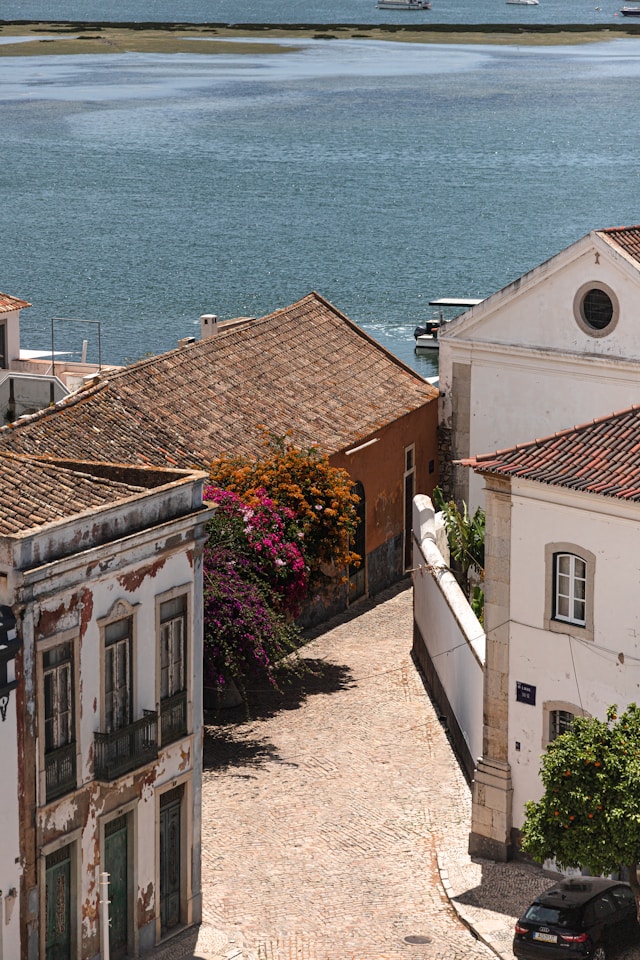
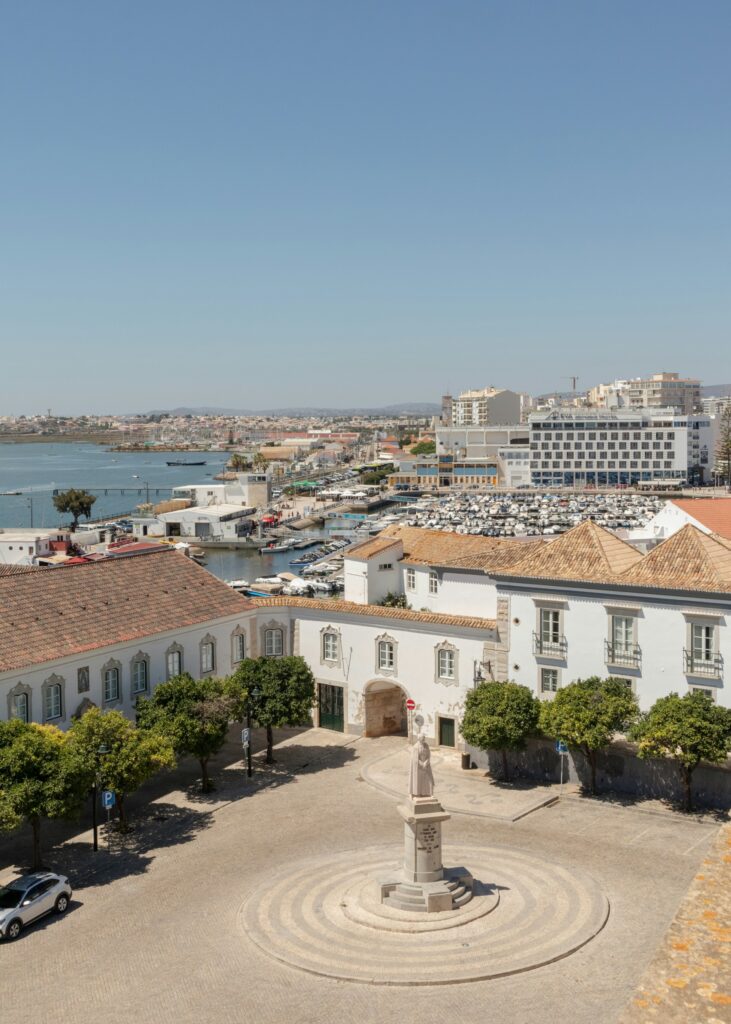
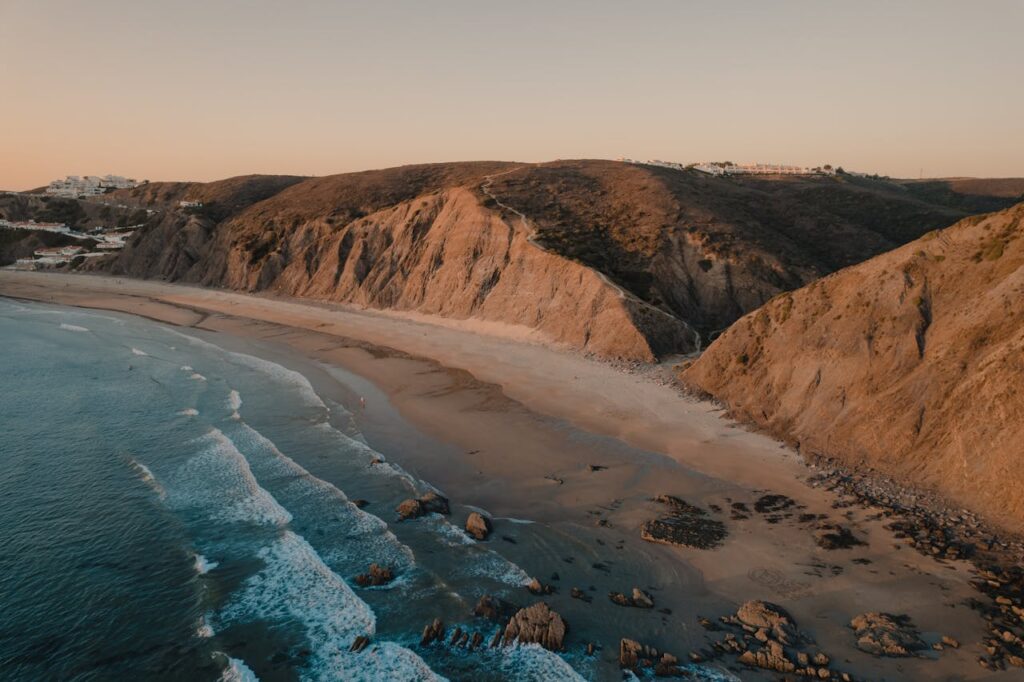
The Bottom Line
Forty-eight hours in Faro reveals a city too often dismissed as merely the Algarve’s transport hub. From its medieval heart to its natural lagoon paradise, Faro offers an authentic slice of Portuguese life enhanced by coastal beauty and genuine hospitality. While the beach resorts to east and west provide their own pleasures, Faro’s combination of culture, nature, top Algarve accommodation and cuisine creates memories that linger long after the airport shuttle has whisked you away.
Those inspired to explore further should consider venturing to the mountain town of Monchique, an hour’s drive north, where thermal springs and forest walks provide a complete contrast to the coastal experience. Or perhaps explore more of the Ria Formosa’s islands – Culatra and Armona offer their own distinct charms and even quieter beaches.
For the ultimate Algarve experience, check out our guide to Portugal’s best coastal walks next. The Via Algarviana, starting just outside Faro, offers spectacular hiking through an Algarve most visitors never discover.

